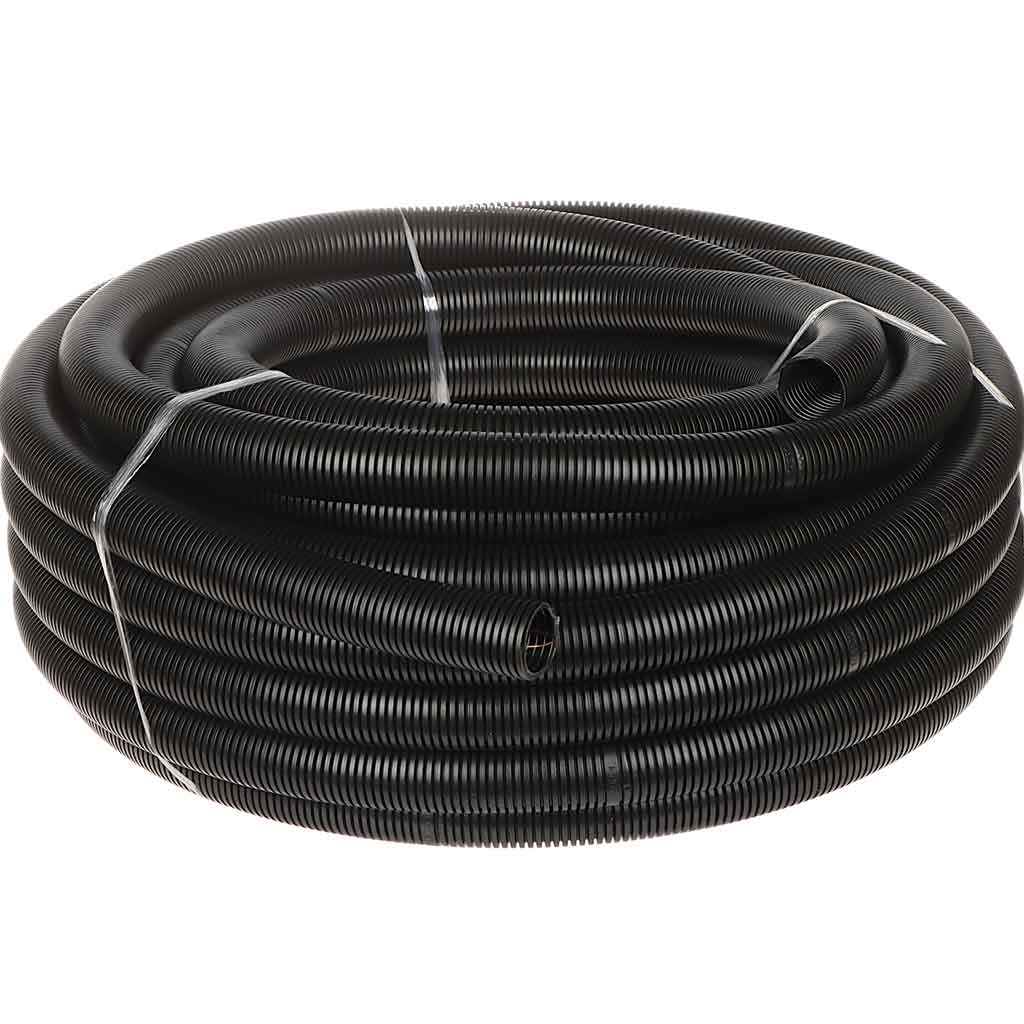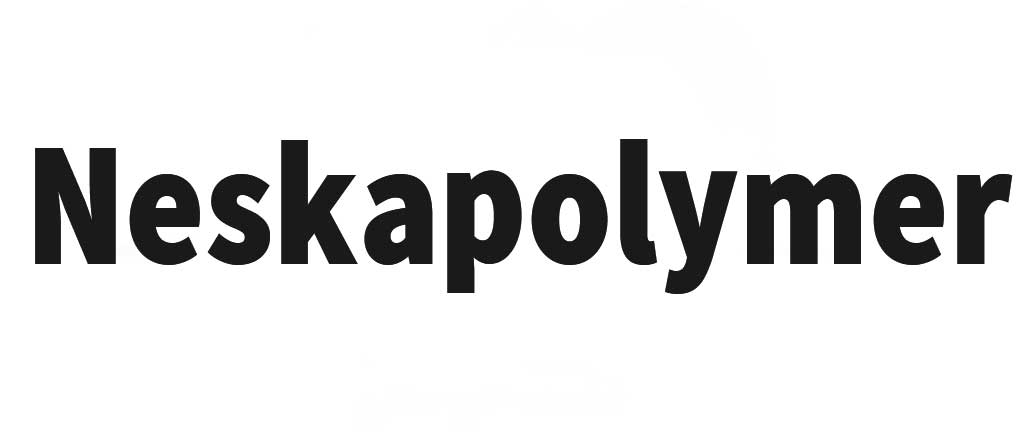
Corrugated Pipe: A Comprehensive Technical Guide from Molecular Structure to Industrial Applications
Introduction: The Hidden Arteries of Modern Infrastructure
Beneath the surface of our modern world—stretching from busy urban centers to agricultural fields—lies a vast and intricate pipeline network that ensures the reliable transport of fluids, from clean drinking water to industrial wastewater. Within this hidden system, the Corrugated Pipe has emerged as one of the most advanced innovations in polymer engineering. Its ribbed, annular design delivers a rare combination of strength, flexibility, and efficiency, making it an indispensable choice across diverse infrastructure projects.
This guide explores corrugated pipes in depth. We begin with the molecular structure of polyethylene, examine the production process, explain ring stiffness classifications and industry standards, and conclude with a detailed analysis of applications, benefits, and limitations. By the end, you will have a clear and authoritative understanding of the Double-Wall Corrugated (DWC) Pipe and its role in sustainable infrastructure.
Part 1: What is a Corrugated Pipe? History and Evolution
A corrugated pipe—commonly known as an HDPE Corrugated Pipe or double-wall drainage pipe—features a unique dual-wall design:
- Inner Wall: Smooth, light-colored (often yellow or blue) surface that minimizes friction, prevents sediment buildup, and ensures optimal hydraulic flow.
- Outer Wall: Corrugated, ribbed, and usually black, designed to resist soil pressure, traffic loads, and other external stresses.
This design is rooted in structural engineering principles. Much like an arch that supports more weight than a flat beam, the corrugated profile increases load-bearing capacity while reducing material usage. This high strength-to-weight ratio is the key factor that sets corrugated pipes apart.
From Past to Present
Originally, pipelines were dominated by heavy materials such as concrete and metal, both of which posed challenges like corrosion, brittleness, and high installation costs. The development of High-Density Polyethylene (HDPE) and co-extrusion manufacturing techniques in the mid-20th century revolutionized the industry. Engineers quickly adopted corrugated pipes worldwide, recognizing them as a durable, lightweight, and cost-efficient solution.
Part 2: Scientific Foundation – HDPE as the Core Material
The performance of corrugated pipes begins at the molecular level. Their primary material, High-Density Polyethylene (HDPE), is a thermoplastic polymer produced from the polymerization of ethylene monomers ($C_2H_4$). Its formula, $(-CH_2-CH_2-)_n$, highlights a linear chain with very few branches.
This structure allows the polymer chains to pack tightly, creating stronger intermolecular bonds and leading to remarkable properties, including:
- High tensile strength – excellent resistance to pulling forces.
- Outstanding chemical resistance – inert to acids, bases, salts, and solvents.
- Abrasion resistance – durable against suspended particles in wastewater.
- UV resistance – enhanced with 2–2.5% Carbon Black in the outer layer.
- Flexibility – capable of withstanding soil settlement and seismic movement.
These features collectively make HDPE the ideal choice for demanding pipe systems.
Part 3: Manufacturing Process – Double-Wall Co-Extrusion
The production of corrugated pipes uses a sophisticated method called Double-Wall Co-extrusion:
- Raw Material Prep: HDPE granules with additives (Carbon Black, antioxidants) are dried to remove moisture.
- Extrusion:
- Extruder 1 creates the smooth inner wall.
- Extruder 2 forms the corrugated outer wall.
- Molding: The molten layers are shaped into corrugated form via circulating molds, fusing seamlessly into a single pipe.
- Cooling: Rapid water bath cooling ensures dimensional stability.
- Cutting: Automated systems cut pipes into standard lengths (6–12 m).
Each stage undergoes strict quality control, including Melt Flow Index, Ring Stiffness, and impact testing, ensuring compliance with standards like EN 13476 and ISO 21138.
Part 4: Types and Ring Stiffness Classification
Corrugated pipes are classified by Ring Stiffness (SN)—a measure of resistance against external pressure. Common classes include:
- SN4 (16 kN/m²): Light-duty use (agriculture, low-traffic sewage).
- SN8 (31.5 kN/m²): Standard municipal drainage, stormwater, and sewer systems.
- SN16 (63 kN/m²): Heavy-duty use (deep burial, highways, airports).
Choosing the correct SN class is crucial for durability and long-term performance.

Part 5: Functional Layer Analysis
Corrugated pipes feature two functional layers:
- Inner Smooth Layer: Optimized for flow, preventing blockages, and easing CCTV inspections.
- Outer Corrugated Layer: Provides mechanical strength, durability, and UV stability.
Together, they create a system that combines hydraulic efficiency with structural resilience.
Part 6: Industrial Applications
Corrugated pipes are versatile, serving multiple industries:
- Municipal sewage and drainage systems
- Stormwater collection and flood prevention
- Industrial effluent disposal
- Cable protection (power and fiber optics)
- Culverts and underpasses in road construction
Their durability and adaptability make them a preferred choice for modern infrastructure.
Part 7: Pros and Cons
Advantages
- Service life of 50–100 years
- Cost-effective transportation and installation
- Flexible, seismic-resistant design
- Leak-proof joints with EPDM gaskets
- Superior hydraulics due to smooth inner wall
Limitations
- Sensitive to poor installation practices
- Unsuitable for fluids above 60°C
- Potential UV vulnerability if manufactured poorly
- Higher thermal expansion compared to metals
Part 8: Installation Guidelines
Proper installation is critical to performance. Key steps include:
- Planning and trenching – correct slope and width.
- Bedding preparation – compacted sand or gravel for uniform support.
- Pipe placement and joining – clean surfaces, apply lubricants, ensure full gasket seating.
- Backfilling and compaction – layered filling to prevent deformation.
- Testing – air or water pressure tests for leak-proof assurance.
Conclusion: A Smart Investment in Sustainable Infrastructure
The HDPE corrugated pipe is far more than just a conduit; it is an engineered solution for modern infrastructure. Its combination of durability, flexibility, hydraulic efficiency, and cost-effectiveness positions it as the backbone of future-ready water and wastewater management systems.
From municipal sewage to industrial effluents and cable protection, corrugated pipes represent a long-term investment—protecting both infrastructure and the environment for generations to come.

هیچ دیدگاهی برای این مطلب ثبت نشده است.